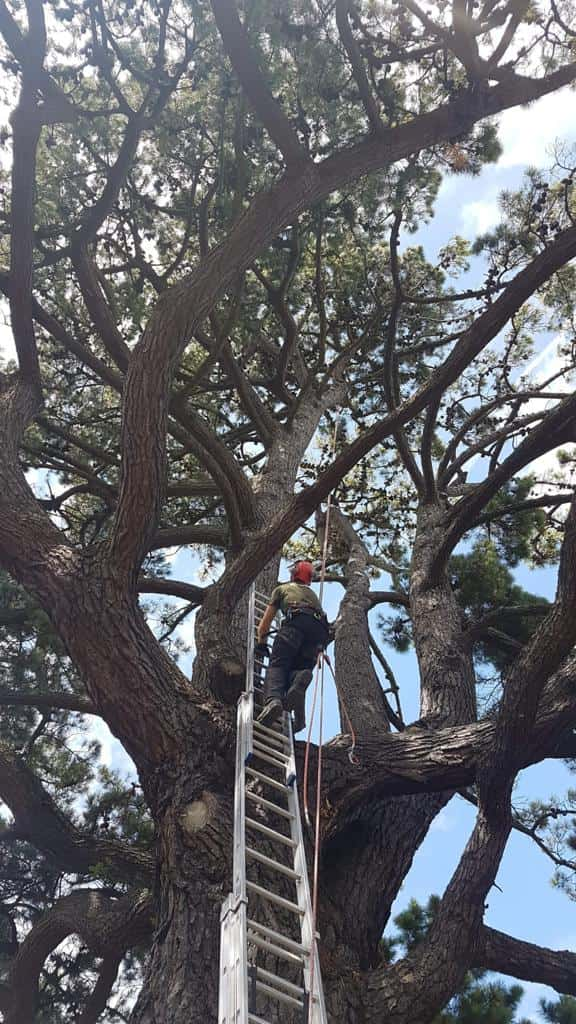Introduction: Hedge cutting is a vital aspect of garden maintenance that keeps your hedges looking neat and tidy and promotes their health and longevity. We understand the importance of timing regarding hedge cutting at LM Tree Surgery Whiteley. In this seasonal guide, we explore the best times of year to trim your hedges for optimal results throughout the seasons.
Spring: March to May
Spring is an ideal time for rejuvenating your hedges after the dormant winter months:
- Reasons to Cut: Trim hedges in early spring to remove winter damage, encourage new growth, and shape them before the active growing season begins.
- Growth Stimulation: Cutting stimulates growth, ensuring hedges fill out nicely during the spring and summer.
- Timing: Aim to trim before birds nest in hedges to avoid disturbance.
Summer: June to August
During summer, hedge maintenance focuses on keeping growth under control:
- Regular Maintenance: Trim hedges lightly during summer to maintain shape and density.
- Flowering Considerations: To avoid cutting off buds, be mindful of flowering periods for hedges that bloom in early summer.
- Watering: Ensure hedges receive adequate water during dry spells to support growth post-trimming.
Autumn: September to November
Autumn is a critical time for preparing hedges for winter and promoting robust growth:
- Final Trimming: Give hedges a final trim in early autumn to tidy them up before winter.
- Cold Weather Preparation: Cutting encourages hedges to harden off before colder temperatures set in.
- Leaf Management: Clear fallen leaves around hedges to prevent them from smothering growth.
Winter: December to February
Winter hedge cutting focuses on maintenance and structural adjustments:
- Dormant Season: Trim hedges during the dormant season when growth is minimal.
- Shape Correction: Use winter trimming to correct structural issues and maintain shape.
- Precautions: Avoid cutting during frosty or wet conditions to prevent damage to hedge health.
Tips for Successful Hedge Cutting
- Choose the Right Tools: Use sharp, clean tools appropriate for hedge type and size to ensure clean cuts.
- Safety First: Wear protective gear, including gloves and safety glasses, to avoid injuries from debris and tools.
- Consider Wildlife: Check for nesting birds or active wildlife before cutting, and avoid disturbing them.
- Dispose of Trimmed Material: Clean up trimmings promptly to prevent them from smothering the hedge or lawn.
Conclusion: Understanding the best time of year for hedge cutting is crucial for maintaining healthy, attractive hedges year-round. Whether shaping formal hedges or maintaining natural screens, timing your cuts according to seasonal needs ensures optimal growth and appearance.
Call us on: 01489 359 894
Click here to find out more about LM Tree Surgery Whiteley
Click here to complete our contact form and see how we can help you with your tree’s needs.

